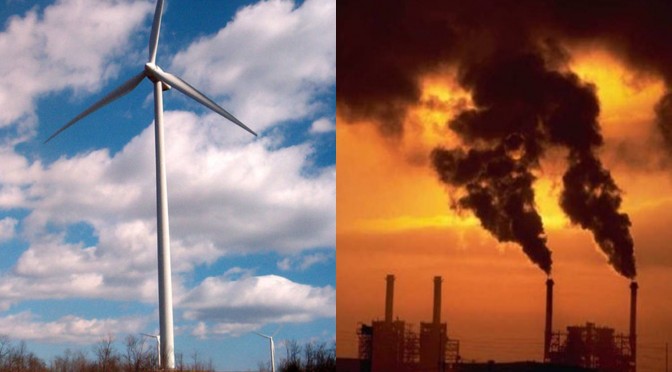Statkraft, Europe’s largest provider of renewable energy, highly welcomes the EU leaders’ endorsement of a binding 2030 target to reduce net greenhouse gas emissions by at least 55 % against 1990 levels.
“I am very happy that the European Council has agreed to increase the EU 2030 climate target to 55 % emission reduction. This is core for a green recovery and a cost-efficient path towards climate neutrality. Together with several other CEOs, I have been arguing for this target in Brussels. Statkraft will continue to develop our business to meet the increased demand for renewable energy,” says Statkraft CEO Christian Rynning-Tønnesen.
Effective policies key to deliver on climate ambitions
Statkraft has long advocated for a higher 2030 target as an important step on the way towards a climate neutral Europe in 2050 and to deliver on the ambitions of the Paris Agreement. We believe that a strong ETS and effective carbon pricing could drive decarbonization in the most cost-efficient way, in addition to providing revenues to governments.
The principle of putting a price on emissions to provide sufficient incentives for decarbonization should also be applied to those sectors currently not covered by ETS. However, there are situations, where additional measures may be needed to drive the green transition. We believe that such measures should support the carbon price principle, be market based, be somehow linked to the undesired external effect of carbon content and be of temporary nature in order to reflect technology and cost development.
Shared commitment
Statkraft shares the EU Commission’s commitment to the ETS as the core climate policy instrument and appreciates that the Commission already started the work to review relevant legislation. This requires a holistic and transparent approach to ensure that relevant legislation enables the achievement of the target without undermining efficient markets.
Statkraft believes that electrification will be crucial to help decarbonizing many sectors, such as for example personal and light duty transport, while clean hydrogen is important for hard-to-abate sectors like heavy duty transport. Providing more certainty for increased demand for both electricity and hydrogen is important to speed up the development of good markets and to develop economies of scale.

